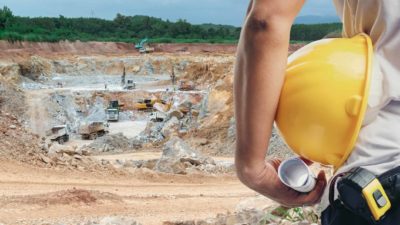The South32 Ltd (ASX: S32) share price is trading lower with the market today.
In morning trade, the mining giant's shares are down 4% to $4.79.
Where next for the South32 share price?
According to a note out of Goldman Sachs, its analysts believe the South32 share price could be heading a lot higher from here.
This morning, the broker reiterated its conviction buy rating and lifted its price target on the company's shares to $5.90.
Based on the current South32 share price, this implies potential upside of 23% for investors.
In addition, the broker is forecasting a fully franked 14% dividend yield over the next 12 months.
What did the broker say?
Goldman has updated its estimates for its Australian bulk mining coverage.
While this has led to further increases to its operating and sustaining capital expenditure assumptions across most miners, South32 has come out favourably.
This is thanks to "higher met coal, manganese & nickel prices partly offset by a lift in unit costs and lower alumina prices."
Why buy South32 shares?
Goldman continues to favour companies trading below or around net asset value (NAV) and with either strong free cash flow (FCF) and balance sheets or high production and earnings growth.
South32 clearly fits the bill for Goldman Sachs. In respect to the former, its analysts highlight that the South32 share price trades at 0.95x NAV.
As for its FCF and production growth, the broker commented:
We forecast a FCF yield of c. 15% in FY23 (over 25% at spot), driven mostly by exposure to base metal price momentum (aluminium & alumina c. 50% of FY23 EBITDA, copper c. 10%, zinc/nickel c. 20%), met coal (c. 15% of EBITDA), and 10% Cu Eq production growth in FY23; driven by a c. 30% or c. 280ktpa increase in aluminium production over the next 18 months from the Alumar restart & a c. 17% increase in Mozal stake, creep in nickel from Cerro Matoso and lead/zinc/silver from Cannington, and the uplift from the Sierra Gorda acquisition.
All in all, this could make it one to consider if you're interested in gaining exposure to the resources sector.









